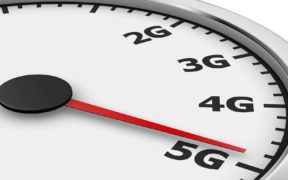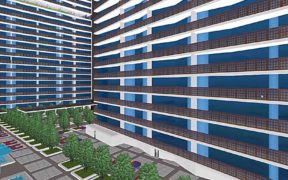Tag: Network Design

The Largest Database in the Wireless Industry Today
August 20, 2018
iBwave’s Components Database is the Largest Database in the Wireless Industry Today With over 28,000 components and materials and growing daily. Those who design wireless networks with iBwave know that it’s pure gold to be able to easily find the parts and materials you need from the online database of components, where the majority of wireless network […]
chat_bubble0 Comment
visibility4017 Views

Exploring Attenuation Across Materials & the 2.4GHZ / 5GHZ Bands
August 15, 2018
A Twitter post popped up in my news feed last week showing a graph of the attenuation values for different types of glass – mainly the distinction between a regular glass window and a low emissions (Low E) window. It was showing that Low E windows have a much higher attenuation value than regular windows—a […]
chat_bubble6 Comments
visibility11894 Views

